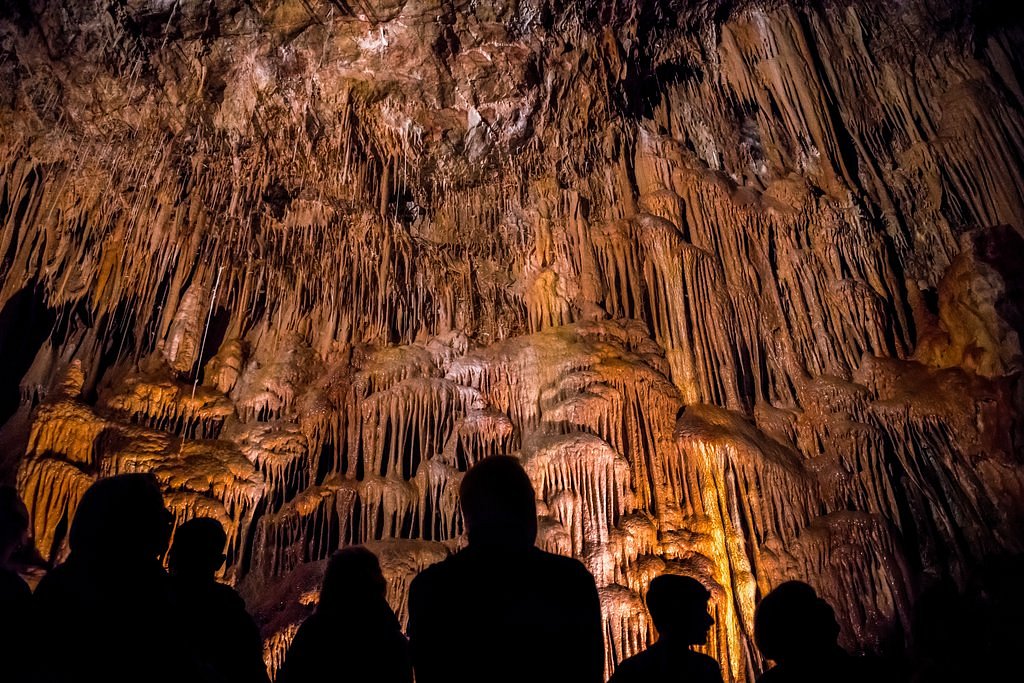It seems kind of strange to say but over the past couple of days we have spent quite a bit of time underground.
No, we haven’t become trolls, but we have found some very interesting caves and mines.

A couple of posts ago, we told you about the Colossal Caves just outside of Tucson. Near our current camp spot at Sierra Vista, Arizona, we have found two other ways to go underground.
Kartchner Caverns
The first is the Kartchner Caverns State Park
(Kartchner Caverns State Park | Arizona (azstateparks.com)
The caverns were first discovered in 1974, by Gary Tenen and Randy Tufts. Recognizing this was a significant find, they kept the caverns secret until 1978 when they finally told the property owners James and Lois Kartchner.
Working together, Tenen and Tufts, and the Kartchners overcame more than 10 years of unforeseen challenges in research, planning, construction, legislative threats, mining concerns, and legal issues. The State Parks leased the property on April 29, 1988 and the acquisition of the Kartchner property was finalized on September 16, 1988.
The upper caverns were opened to the public in November 5, 1999 and the lower caverns opened on November 11, 2003.
Unfortunately, we don’t have any of our own pictures to show you.
The caverns are in an almost pristine state, the State Parks Department works to keep them that way and as a result, purses, backpacks, cameras and cell phones are not allowed because they have the potential to either be dropped into the caverns or to contaminate areas that can not be cleaned.
However, here are a couple of pictures that I found on-line. On the left is the largest column in the caverns called Kublai-Khan and on the right is the Rotunda Room.


Queen Mine Tour – Bisbee
A short drive from here is Bisbee. It is a hundred-year-old mining town nestled in the mountains of Southern Arizona.
Bucky O’Neil Hill is the home of the Queen Mine, one of hundreds that permeate the hills. The Queen Mine was one of the main mines on the mountain but closed in 1975 when the price of copper dropped after the Vietnam War. It was reopened as a tourist attraction in February 1976.

The Bisbee area mines produced an astounding 8,032,352,000 lbs of copper, 2,871,786 ounces of gold, 77,162,986 ounces of silver, 304,627,600 lbs of lead and 371,945,900 lbs of zinc, so it was fascinating to go underground and see how the actual mine had operated.
Steve, our guide, was a miner in the mines before they closed. He provided insights into everything from how the early miners worked with tools to drive the mine shafts and recover the ore, to how the ore was removed from the mine, first with people power, then mules, then electric engines. We even saw an original port-a-potty!

I know working underground wouldn’t have been the life for me, but it is interesting to see and hear the history of both the natural and man-made caverns in the area.


With the current copper prices, I wonder if anyone is considering reopening the mining activities, or is the mine tapped out?
From what Steve said, most of the mines in the area are owned by Freeport Mcmorran, the international mining company. I expect they continually evaluate if it is feasible to reopen the mines. So, who knows!